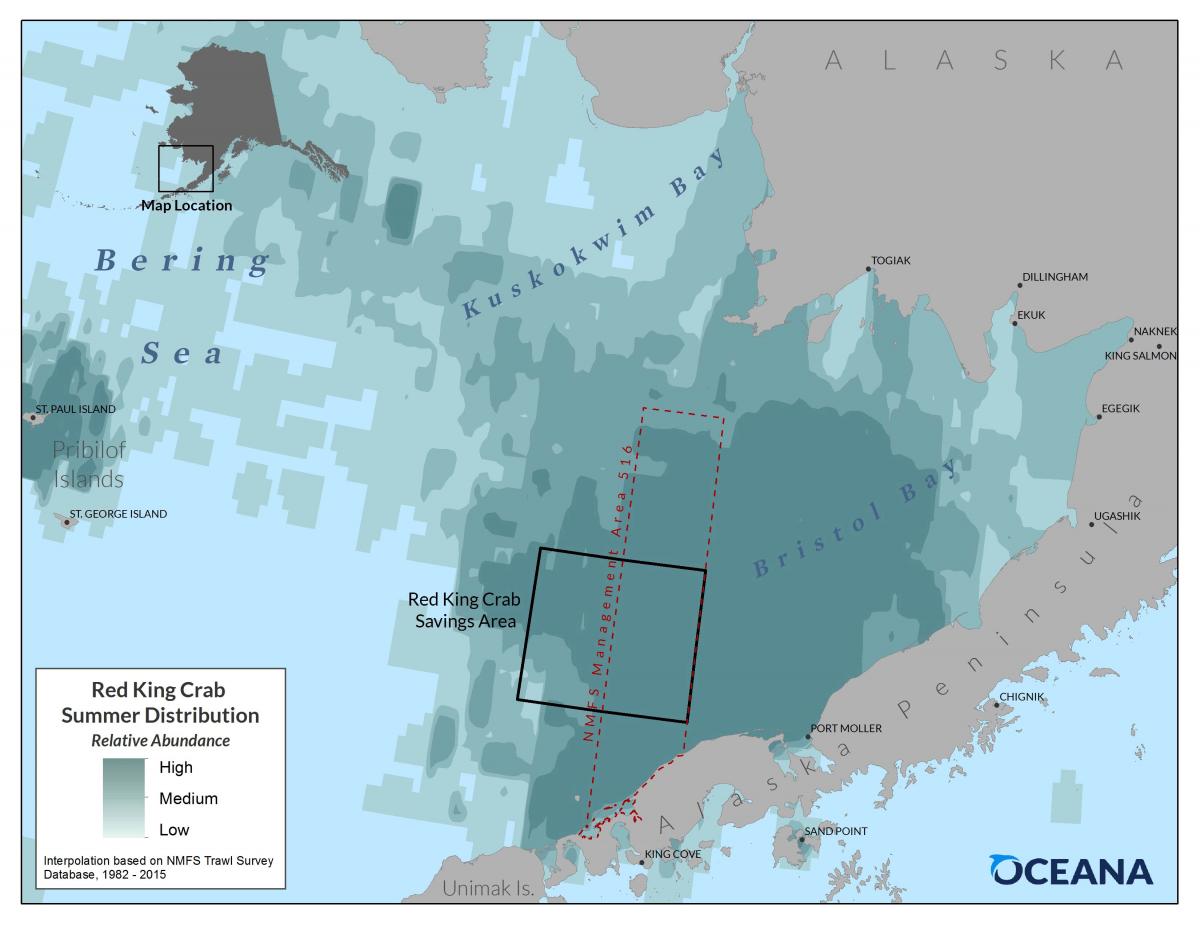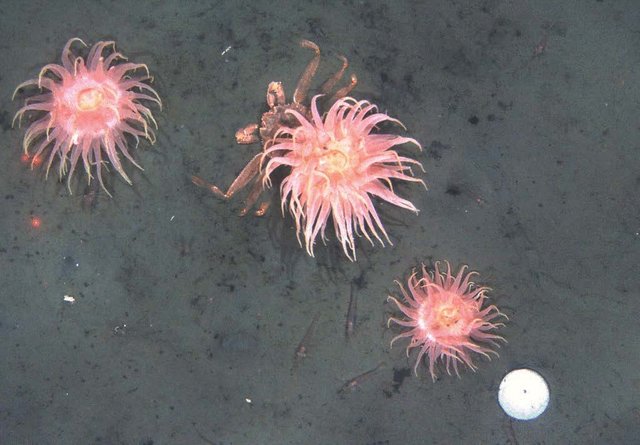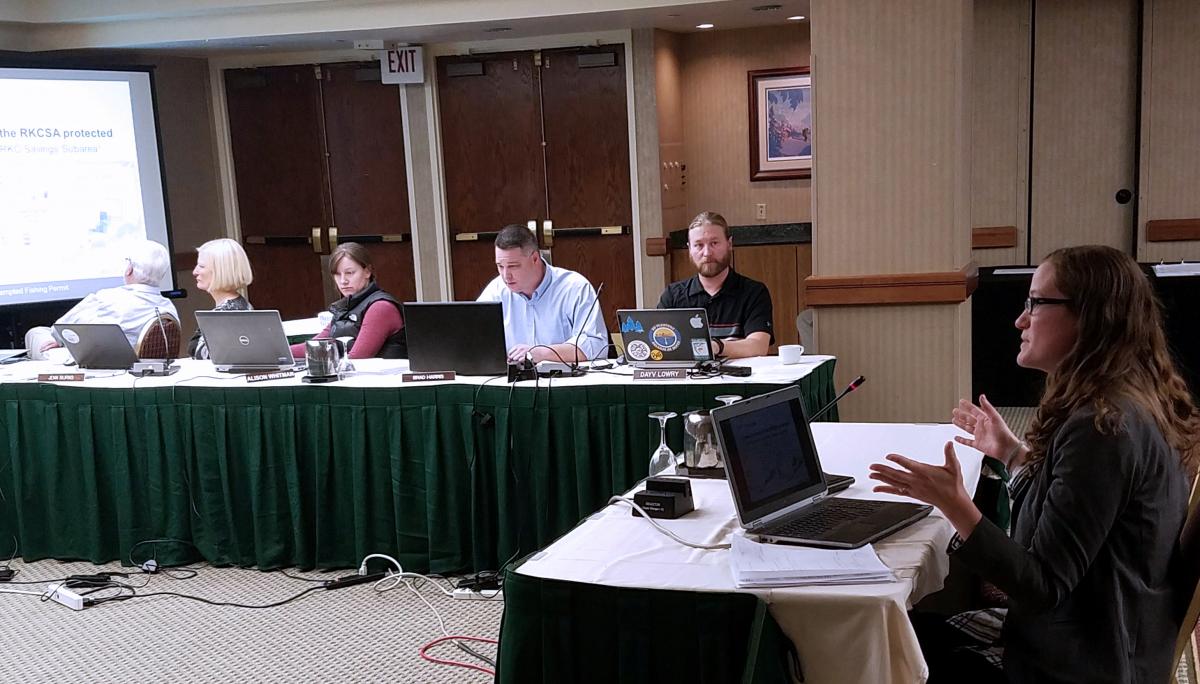A prologue to being an Ocean Advocate
I'm generally new to Oceana and am a sea life researcher by profession. Working for Oceana, I've perused fisheries administration strategies, logical review results, and recommendations for trial fisheries. I've helped with composing remark letters for all of those themes essentially saying, "Yes! Oceana thinks this is extraordinary!" or "Nope, this is terrible for the creatures, awful for the earth, and awful for the fate of the fishery." I did that for about a year working out of Oceana's Juneau, AK office however had never really been to a Council meeting face to face until a week ago. This was at long last my minute! At long last my opportunity to, as it's been said, "perceive how the hotdog is made"! (Which is a truly net expression and doesn't bode well for fisheries administration. It ought to be, "perceive how the surimi is made", which I have seen when I worked in Unalaska. However, I stray.)
I went toward the North Pacific Fishery Management Council meeting in Anchorage to affirm about something precious to me: crabs. Oceana's researchers and legal advisors routinely give declaration at Council gatherings to secure living space, moderate fish and crab stocks, and save logical responsibility. Getting the chance to affirm interestingly about something I know so well was an uncommon treat and one I surely didn't leave far from. Or, then again avoid.
I affirmed in the interest of Oceana against a trial angling grant (EFP) that was proposed to permit base trawlers into territories held for securing shedding and mating red lord crabs (see motivation thing C8 for additional). One of the ranges, the Red King Crab Savings Area (RKCSA), has been shut to base trawling for a long time and is imperative environment for the generating load of red lord crabs. This zone needs security in light of the fact that the red ruler crab (Paralithodes camtschaticus), alongside Tanner and snow crabs (Chionoecetes bairdi and C. opilio, individually), are monetarily and naturally imperative species that are encountering decreases in their Bering Sea populaces. These are similar types of crabs that watchers around the world see on the decks of the 'Deadliest Catch' armada. 
The RKCSA and Area 516, a seasonal closure, protect much of the Bristol Bay red king crab stock and their seafloor habitat. (Note: The area to the east of the RKCSA and Area 516 with high crab abundance is also closed to bottom trawling year round, known as the Nearshore Bristol Bay Trawl Closure.)
 The Bristol Bay load of red lord crabs underpins one of just two staying business fisheries for red ruler crabs in the province of Alaska. The male red lord crabs from this stock are down 21 percent (looking at 2015 and 2016 reviews), showing that now is not the opportunity to tentatively trawl through their crucial living space.
The Bristol Bay load of red lord crabs underpins one of just two staying business fisheries for red ruler crabs in the province of Alaska. The male red lord crabs from this stock are down 21 percent (looking at 2015 and 2016 reviews), showing that now is not the opportunity to tentatively trawl through their crucial living space.
Snow crabs speak to the biggest crab fishery in Alaska and, alongside Tanners, are commonplace to purchasers as everything you-can-eat crab legs. Notwithstanding, the snow crab fishery was for all intents and purposes sliced down the middle this year because of low numbers, and the Tanner crab fishery was totally shut.

The number of male red king crab caught in the 2016 summer trawl survey was the lowest in trawl survey history and the number of females caught was under the 10-year average. (Source: NPFMC, 2016)
Protecting the crabitat
Base trawling is a fishery that objectives groundfish found on the ocean bottom, however frequently all the while gets (and murders) everything else in its way as the fishery drags overwhelming, weighted nets over the base of the sea. For the benefit of Oceana, I highlighted the peril of base trawling through basic crab living space and brought up that it's tied in with ensuring the crabs, as well as about saving the territory shaping spineless creatures like wipes, delicate corals, tunicates, and anemones that give structure, insurance from predators, and asylum from streams. These stationary creatures are especially powerless against base trawling since they can't flee.

A Tanner crab cozies up to an anemone on the Bering Sea floor (Source: ADFG Alaska CamSled)
Collaboration makes the fantasy work
A lesson I learned at my first Council meeting was the significance of correspondence, joint effort, and discovering shared opinion with various elements. Gatherings including the Alaska Bering Sea Crabbers and other industry, look into, and instructive associations gave their declaration against the EFP. For instance, one shared examination between the Bering Sea Fisheries Research Foundation and the University of Alaska Fairbanks was displayed demonstrating the steady utilization of the RKCSA by red ruler crabs, particularly in warm years (see slides and paper under plan thing C8).
When open declaration had finished up, the Council paid attention to these worries and chose they couldn't embrace this exploratory fishery! While it's at last up to the National Marine Fisheries Service whether the test fishery pushes ahead, for the present, the crabs and their environment are secured.
Author advocating in action at the December North Pacific Fisheries Management Council meeting in front of the Scientific and Statistical Committee
I follow u
Downvoting a post can decrease pending rewards and make it less visible. Common reasons:
Submit
vote me
Downvoting a post can decrease pending rewards and make it less visible. Common reasons:
Submit
UP VOTE N COMMENTS ALL THESE BABA MMBRS
@amarmech595 @arjunxtryy @arunarya96 @aryaveer @beatboxerisab@bitcoinbaba @fadacris @farin007 @gautamjakhar111 @geofreykafeero@gopalsinghkarki @himatsharma @jaydebb @jaydebb @keerthan4444
@kishan @kumaran444 @manju99 @monu003 @natwarsomani @nick96@nick96 @nileshdudhane @nitinshelke
@omar43 @prad171 @priti @raj14329/ @raju92 @ramesh19787@ramesh19787 @ravi702 @sam11 @sandeepkumar
@sangamam @sanjay1 @shahidsayyed @shaisar @sikindersingh @sminj300@sunnypatil11 @suraj3 @syeda
@vsdohare @yash0108 @yashpatel @natwarsomani @amankumar @afmashal
@umi14 @ketanbhole
Downvoting a post can decrease pending rewards and make it less visible. Common reasons:
Submit